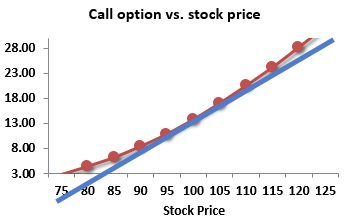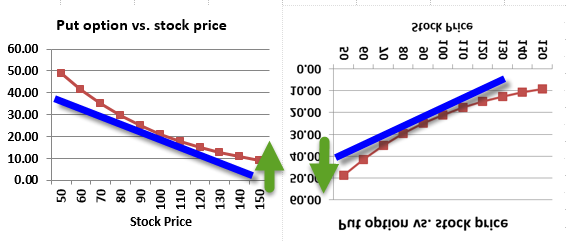Bank A and B are both calculating 1 day 99% VAR for ATM no dividend call
A is using linear approx method
B is using monte carlo simulation for full revaluation
Stock price USD 120
Annual return volatility 18%
Current BSM option value 5.2USD
Option Delta 0.6
Which bank will have a higher 1 day 99% VAR
The ans is Bank A
But i dont quite understand why. Would you be able to explain?
A is using linear approx method
B is using monte carlo simulation for full revaluation
Stock price USD 120
Annual return volatility 18%
Current BSM option value 5.2USD
Option Delta 0.6
Which bank will have a higher 1 day 99% VAR
The ans is Bank A
But i dont quite understand why. Would you be able to explain?


